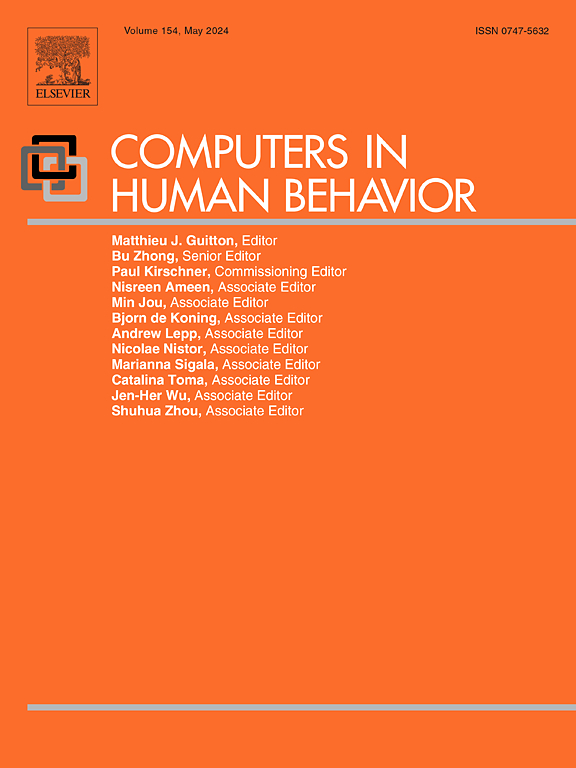自杀意念在Twitter上表达后愿望内容的时间动态:关注转发内容的变化
IF 9
1区 心理学
Q1 PSYCHOLOGY, EXPERIMENTAL
引用次数: 0
摘要
自杀预防是一个紧迫的问题,研究自杀个体的意愿有助于找到有效的自杀预防策略。正如之前的研究表明,Twitter可以作为表达自杀意念的工具,而转发的内容反映了用户的兴趣或同理心。本研究通过关注个体表达自杀意念后RTs随时间的变化,探讨了自杀个体的意愿及其意愿的时间动态。来自日本的Twitter数据是通过Twitter API收集的。具体来说,包含“#shinitai(我想死)”的推文,在这些推文发布的第一个小时内发布的RTs(目标),以及没有发布表达自杀意念的用户发布的RTs(对照组)被收集了四周。大约60%的目标RTs是消极的,消极情绪词汇出现的频率高于对照RTs (ps <;措施)。然而,对应分析和共现网络分析表明,频繁词随着时间的推移而变化,在表示希望死亡的词和反映希望解决的词之间波动。研究结果表明,尽管在推特上表达自杀想法的用户主要对他人推特上的负面情绪感兴趣,但他们在想死和想活之间摇摆不定。讨论了关注RTs对详细理解自杀个体意愿的时间动态的潜在贡献。本文章由计算机程序翻译,如有差异,请以英文原文为准。
Temporal dynamics in the content of wishes after the expression of suicidal ideation on Twitter: Focusing on changes in retweet content
Suicide prevention is an urgent issue, and examining the wishes of suicidal individuals is helpful for finding effective suicide prevention strategies. As shown in previous studies, Twitter can be used as a tool to express suicidal ideation, and the content of retweets (RTs), reflects users' interests or empathy. This study explored the wishes of suicidal individuals and the temporal dynamics of their wishes by focusing on how RTs change over time after individuals express suicidal ideation. Twitter data from Japan were collected via the Twitter API. Specifically, tweets containing “#shinitai (I want to die)”, RTs posted within the first hour of these tweets (targets), and RTs posted by users who did not tweet expressions of suicidal ideation (controls) were collected for four weeks. Approximately 60 % of the target RTs were negative, and negative emotional words occurred more frequently than did the control RTs (ps < .001). However, the correspondence analysis and co-occurrence network analysis revealed that frequent words changed over time, with fluctuations between words indicating the wish to die and words reflecting the wish for resolution. The results suggest that although users who tweeted expressions of suicidal ideation were primarily interested in the negative sentiments in others’ tweets, they oscillated between the wish to die and the wish to live. The potential contribution of focusing on RTs for a detailed understanding of temporal dynamics in the wishes of suicidal individuals is discussed.
求助全文
通过发布文献求助,成功后即可免费获取论文全文。
去求助
来源期刊

Computers in Human Behavior
Multiple-
CiteScore
19.10
自引率
4.00%
发文量
381
审稿时长
40 days
期刊介绍:
Computers in Human Behavior is a scholarly journal that explores the psychological aspects of computer use. It covers original theoretical works, research reports, literature reviews, and software and book reviews. The journal examines both the use of computers in psychology, psychiatry, and related fields, and the psychological impact of computer use on individuals, groups, and society. Articles discuss topics such as professional practice, training, research, human development, learning, cognition, personality, and social interactions. It focuses on human interactions with computers, considering the computer as a medium through which human behaviors are shaped and expressed. Professionals interested in the psychological aspects of computer use will find this journal valuable, even with limited knowledge of computers.
 求助内容:
求助内容: 应助结果提醒方式:
应助结果提醒方式:


